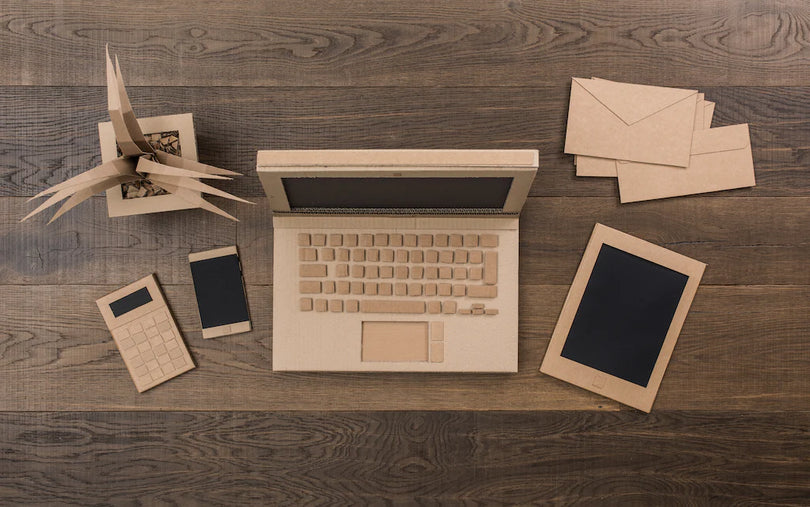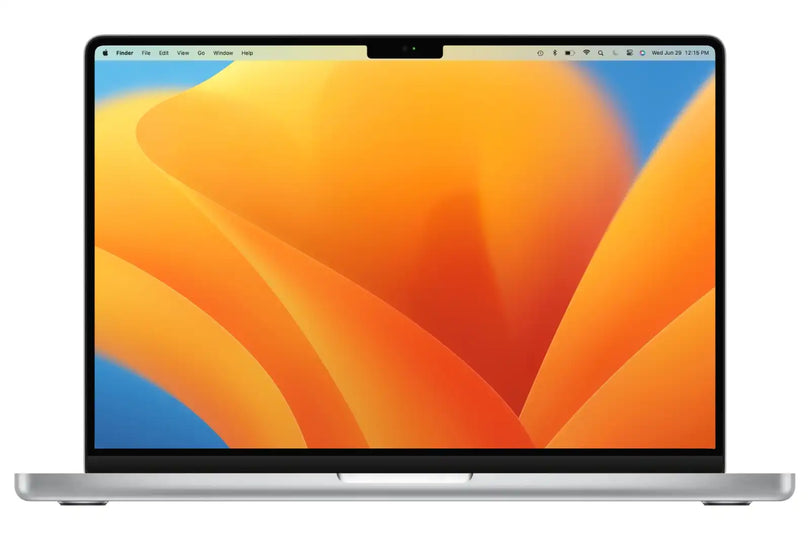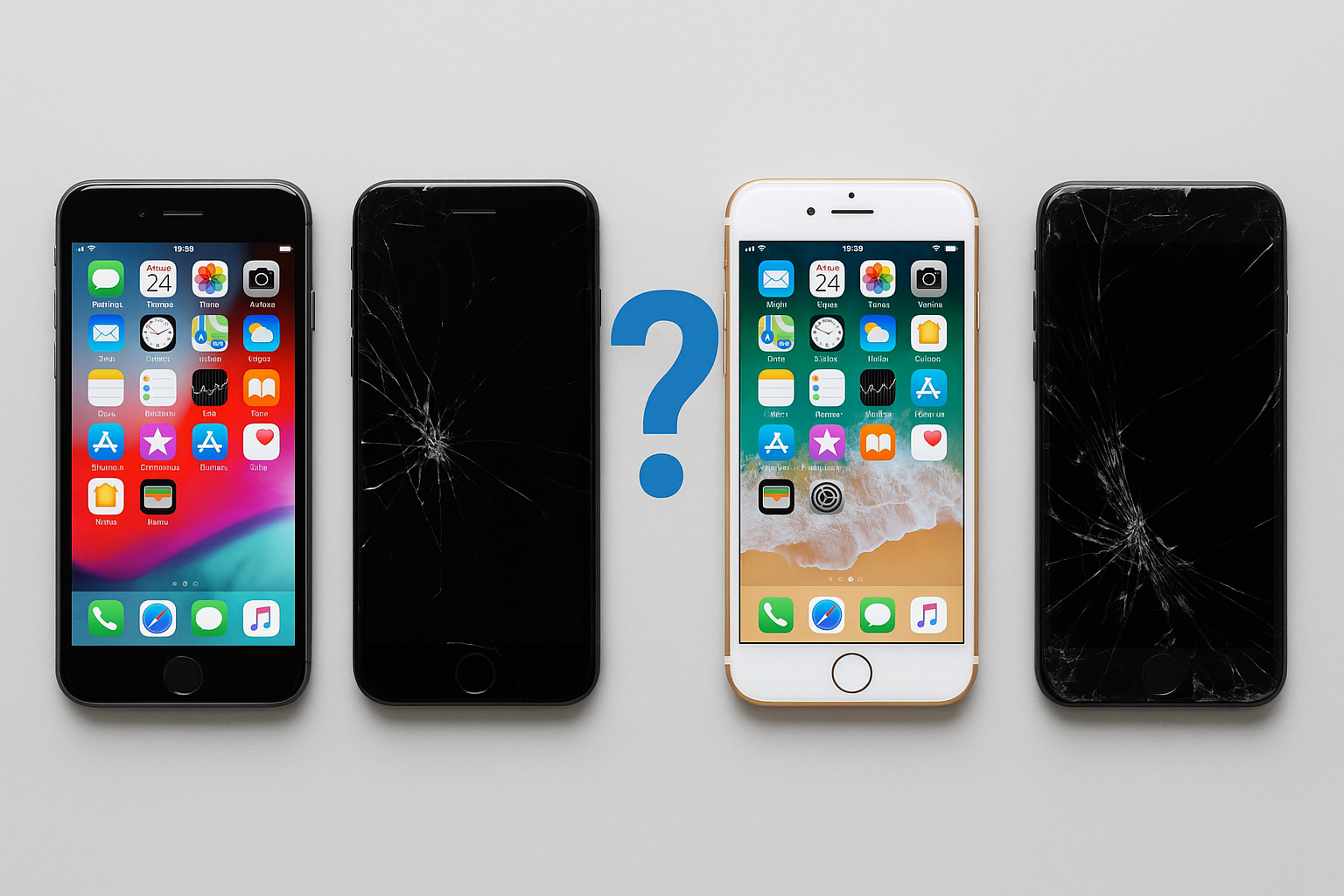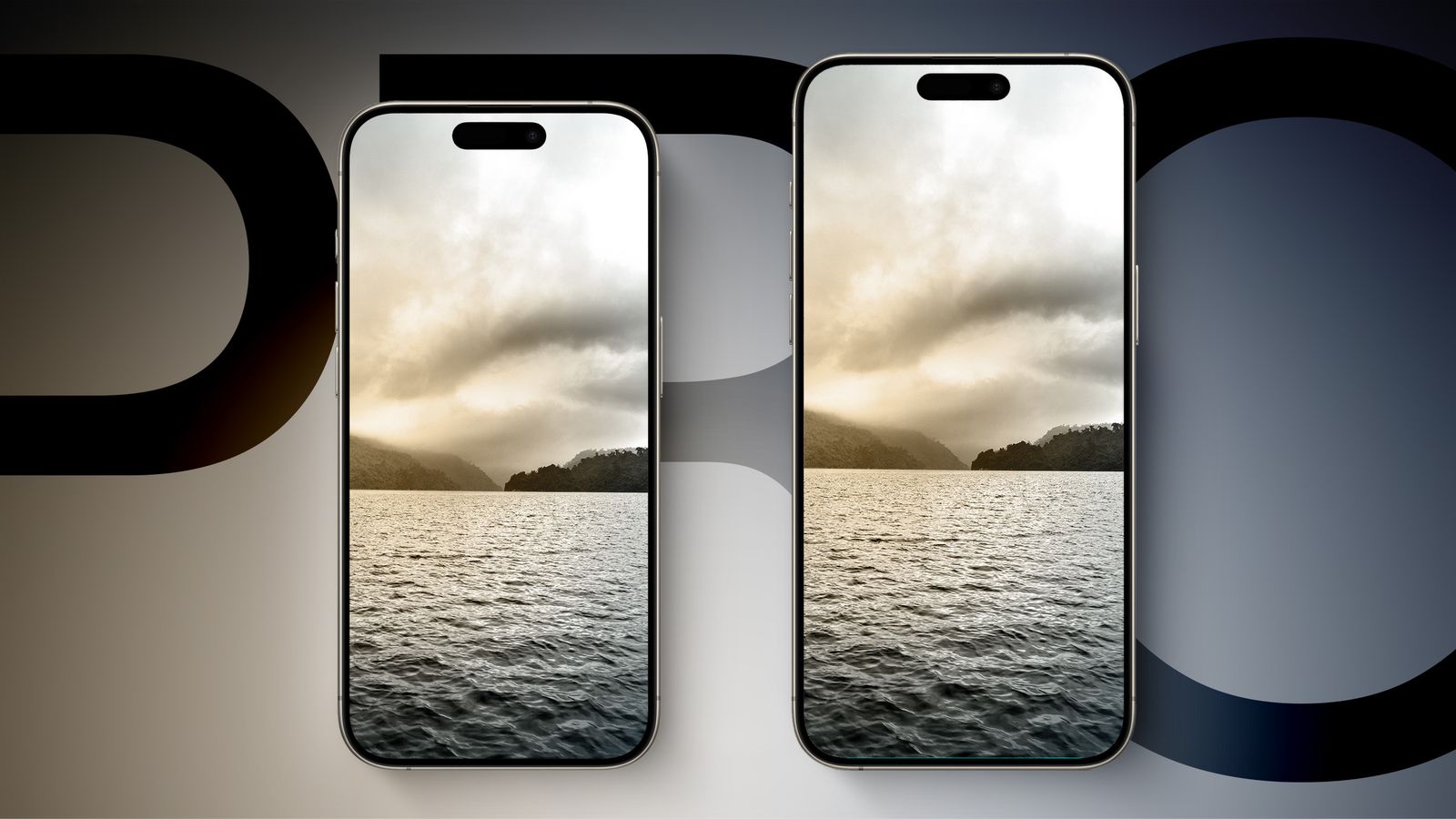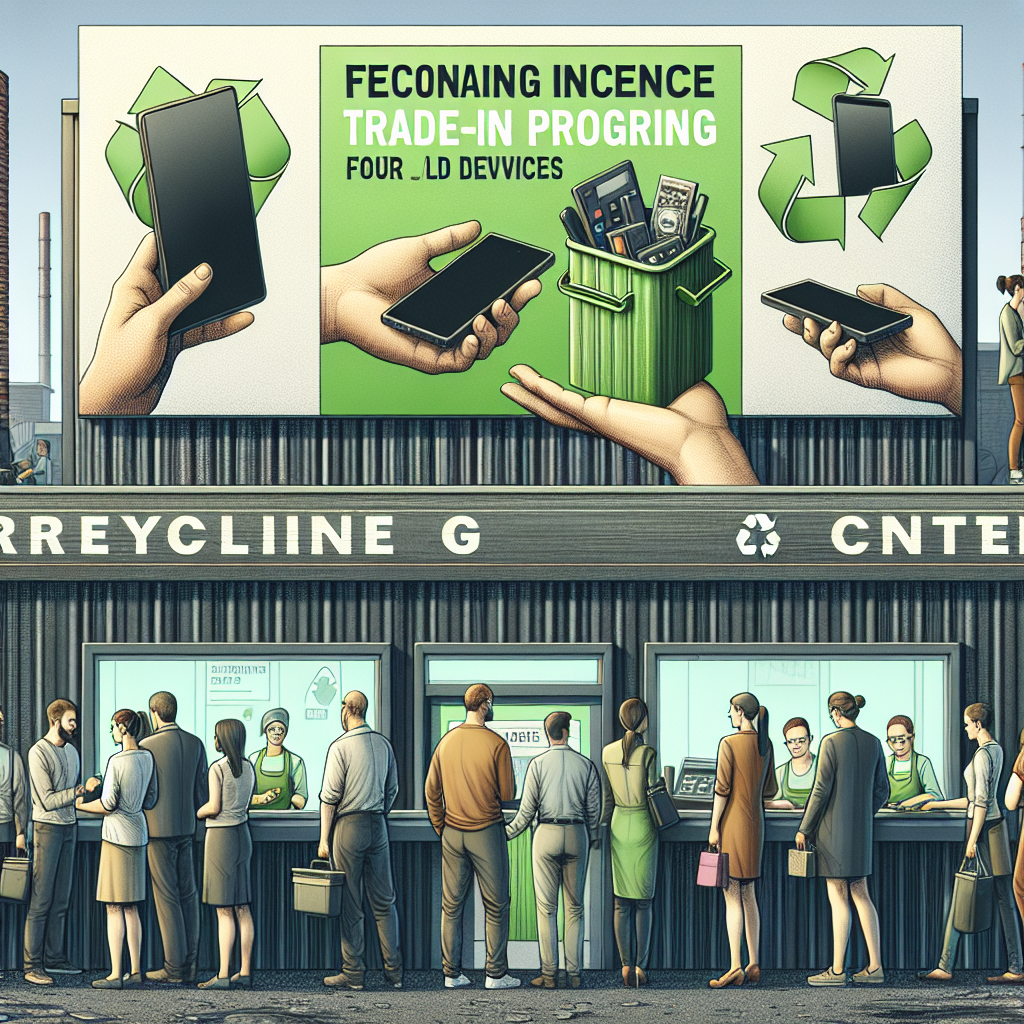This year we will most likely see Apple add a brand-new iPhone 14 max (non-pro) model into the roster while dropping the Mini model. The image shown by a user on Weibo, a popular Chinese social media platform shows all the iPhone 14 models that are rumoured to release this year. It is shown that there will be two 6.1-inch iPhone models and two 6.7-inch iPhone models releasing this year. The outer designs of these iPhones will remain somewhat similar to those of the iPhone 13 lineup while maintaining the standard iPhone notch. It also shown that all the iPhone models will maintain similar rear camera designs as compared to the current iPhone 13 models with the iPhone 14 maintaining the diagonal lens setup and the iPhone 14 Pro models maintaining the triple camera setup on the rear.
Front Camera Setup

Souce: Macrumors
Since we are on the topic of camera setups, it would be great to cover some of the largest changes that are rumoured to come to the upcoming iPhone 14 lineup. According to reputable analyst, Ming Chi Kuo, he stated that all the upcoming iPhone 14 models will most likely feature upgraded front facing cameras with Autofocus and a wider f/1.9 aperture lens. This is a significant upgrade over the current iPhone 13 lineup with fixed-focus and a f/2.2 aperture lens. Ming Chi Kuo stated that these features on the upcoming iPhone 14 lineup can provide a better shallow depth-of-field effect for selfie/portrait mode and the added AutoFocus will also increase the focus effect when users are using the front facing camera for video calls, FaceTime, live streaming, etc.
Rear Camera Setup
All new iPhones will definitely come with camera upgrades as most iPhone consumers are interested in the camera quality and performance of the iPhone series. Taking to Twitter, Ming Chi Kuo stated that one of the reasons why the rear camera bump is larger for the iPhone 14 Pro and Pro Max models as compared to the current iPhone 13 Pro and Pro Max models is because Apple is planning to implement a wider camera on the iPhone 14 Pro and Pro Max to 48MP. This is a huge step up compared to the 13MP main cameras available on the iPhone 13 Pro and Pro Max. He stated that the diagonal length of the 48MP CIS will likely increase by an additional 25-35% and the height of the 48MP’s 7P lens will likely increase by 5-10%. On the other hand, the regular iPhone 14 and 14 Max models will retain the current 12 MP main sensor across its lineup. With the increase in the rear camera bump, this would also mean that the rear lenses, flash and LIDAR scanner could most likely sit flush with the rear glass.
Performance
In terms of performance, it is rumoured that only the two iPhone 14 Pro models will feature the all new A16 processor, while the iPhone 14 & 14 Max will stick to the current A15 chipset. It is also rumoured that all iPhones will come with 6GB RAM across the board, where the Pro lineup will likely receive LPDDR5 RAM and the non-Pro lineup will use LPDDR 4X RAM. The new A16 processor is reported to feature a more efficient “4nm” processor which is more efficient than that of the current iPhone 12 and 13 lineup. Following a report by The Information, they have claimed that TSMC and Apple are currently facing some technical challenges in the production of a more efficient 3nm process, therefore, the iPhone 14 lineup will most likely stick to a 4nm process.
Connectivity
Ming Chi Kuo also reiterated other rumours such as the iPhone 14 models will feature Wi-Fi 6E connectivity. He explained that Wi-Fi 6E will be one of the keys to providing high-speed wireless transmissions which are necessary for AR and VR experiences. Wi-Fi 6E allows for higher performance, lower latency, and faster data rates, extended into the 6GHz band. Since we are on the topic of connectivity, another reputable Bloomberg Apple analyst, Mark Gurman, has stated that the iPhone 14 lineup will feature satellite connectivity functionality. Satellite connectivity functionality would mean that the new iPhone 14 models will be able to report emergencies, make emergency calls, and short texts to emergency contacts despite having no cellular connectivity. This technology was initially supposed to be launched alongside the iPhone 13 lineup, however, it has been delayed ever since. Therefore, Mark Gurman is expecting this feature to come with the new iPhone 14 lineup.

